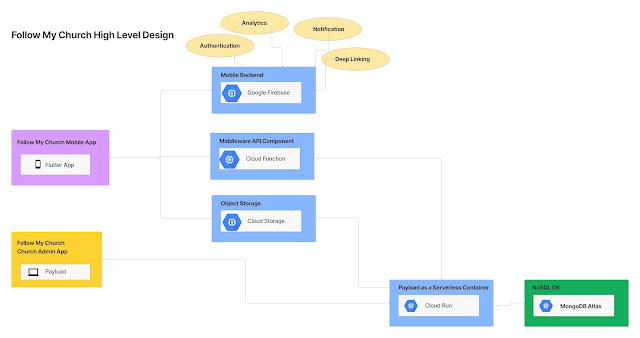Revolutionizing Interviews: Real-Time AI Agents Powered by Gemini Live and Livekit
Imagine a world where AI-powered agents can conduct preliminary interviews, assessing candidates based on specific job requirements, all in a natural, conversational manner. This POC brings that vision closer to reality by integrating the RealTime Model Gemini Live API with the robust real-time communication capabilities of Livekit . The Core Idea: AI-Driven Interviews in Real-Time The central concept was to create an AI Voice Agent capable of conducting a structured yet conversational interview. Here’s how it works: User Input: The process begins with a user providing the candidate's name and the job description through a simple NextJS application. Livekit Connection: This information is then passed to a Python-based Livekit Agent. Livekit provides the real-time audio and video infrastructure necessary for the interaction. Gemini Live Power: The Livekit Agent leverages the RealTime Model Gemini Live API to power the AI interviewer. Th...

